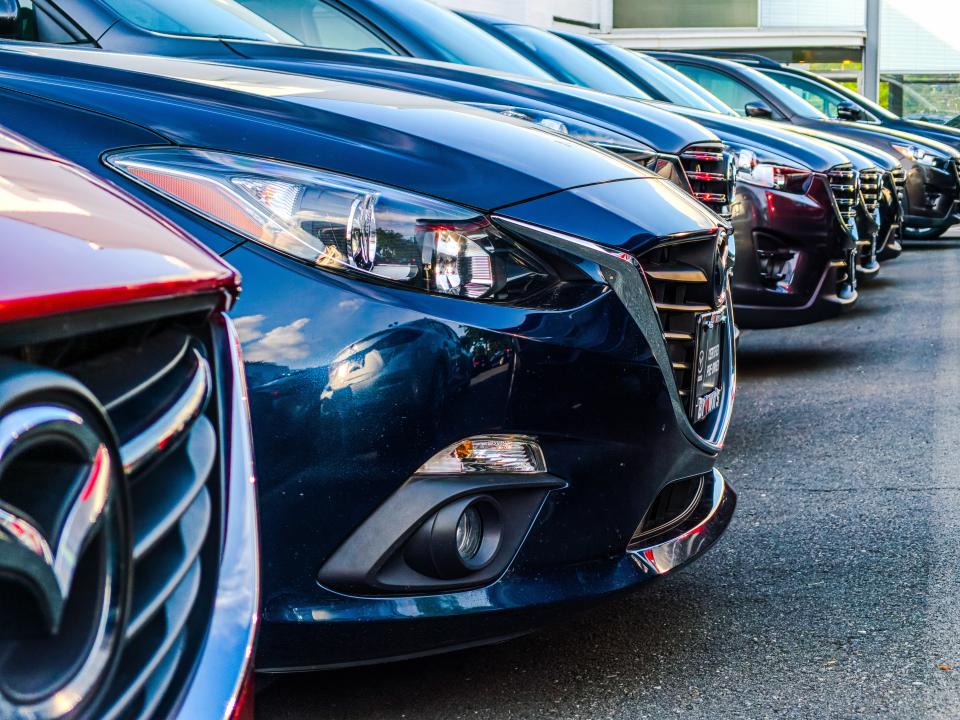How car insurance groups affect the cost of cover

No matter what make of vehicle you drive, it makes financial sense to keep down the cost of your car insurance without skimping on the cover that you’re paying for.
In terms of what affects the costs of premiums, you’re likely to be familiar with factors such as your age, job, and where you live. On top of that, your driving history, plus the mileage you record each year, both play a part in the eyes of an insurer.
Another factor that can have an impact on the cost of your cover is the so-called ‘insurance group’ that your vehicle falls into. Choose a car in a low insurance group and premiums will very likely be lower than one which sits higher up the list.
Here’s a closer look at the role car insurance groups play when it comes to the price of premiums.
What is a car insurance group?
Every car registered in the UK is put into an insurance group. The groups help insurers categorise the relative risk of the cars on our roads and helps them to work out what to charge for in terms of motor insurance premiums.
Insurance groups are set by the Association of British Insurers and are administered by Thatcham Research. Cars are each attributed to one of 50 groups so that vehicles with similar characteristics and risk profiles occupy the same level of ranking. Visit the Thatcham website to find out which group a particular vehicle falls into.
What factors affect the rankings?
Car brands are placed into a group based on an assessment of the vehicle. This includes a new car’s price, its performance, cost of repairs and the level of security it offers. Safety features are taken into consideration as well, for example, whether a car is fitted with autonomous emergency braking.
Thatcham sends manufacturers a questionnaire for each model, requesting details on cost, performance and power output. In addition, it factors into consideration the price of some of the most frequently-damaged components, such as bumpers and bonnets. Thatcham tests models in high and low-speed impacts to assess the damage and also to see how expensive it is to carry out repairs.
How do insurance groups impact on premiums?
The insurance groups from one to 50 help insurers work out the cost of car insurance premiums. If your car is more ‘run around’ than ‘super car’, then expect it to occupy a lower insurance group with accompanying cheaper premiums because such models are viewed as relatively lower risk.
Popular models that are less expensive to repair will also fall into lower-risk categories. By the same token, premiums are typically higher for more expensive cars with parts that are harder to replace.
Premiums also tend to be more costly for fast, high-performance motors which have a greater likelihood of being in an accident.
Common makes of car and their typical insurance groups include:
0-5 Fiat Panda
6-10 Ford Fiesta
16-20 BMW 116
26-30 Mercedes-Benz C Class
31-35 Audi A6
41-45 Land Rover Discovery
46-50 Porsche Boxster
Cars which fall into single-figure groups, such as the Fiat Panda, will be the cheapest to insure. By contrast, vehicles towards the top of the 50, such as a Range Rover or a Volkswagen Phaeton, will be much more costly to cover.
What about electric cars?
Electric vehicles were once so rare they could be difficult to insure. But now they are a lot more mainstream and an increasing number of insurance providers will offer cover. As electric cars are typically less powerful than mainstream cars, they can be considered less of a risk.
This should, in theory, bring premiums down. At the same time, electric cars can be expensive to repair and may require specialised mechanics, therefore bumping up premiums. The general rule-of-thumb is that each insurance group will depend on the make and model of the car and not what fuel it runs on.
Can I change my car’s insurance group?
No. While it’s possible to make it more difficult for thieves to break into your car, for example, by adding a Thatcham-approved security device, this won’t change its insurance group. That said, making your car more difficult to steal could still potentially save you money on your insurance premiums.
Crucially, if you make any changes or modifications to your car, you must disclose these to your insurer. Improving the power of your vehicle, by having the engine souped up, for example, won’t have any impact on your car’s insurance group. But it could still push up the cost of your cover.
Informed purchase
The main aim of the insurance grouping system is to help drivers when they’re looking to buy a new set of wheels.
If you are trying to keep costs down, it’s worth checking whether the car you’re hoping to purchase falls into a low insurance group. It’s important to choose a vehicle where you can comfortably afford the cost of cover.

 Yahoo Sport
Yahoo Sport 





































